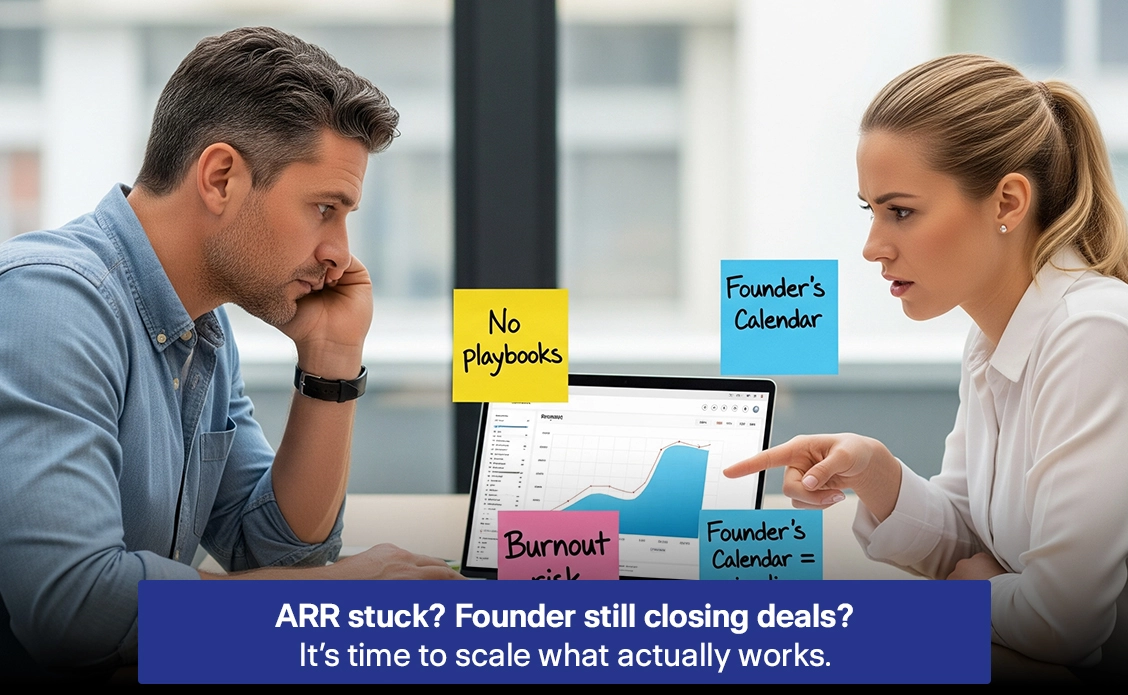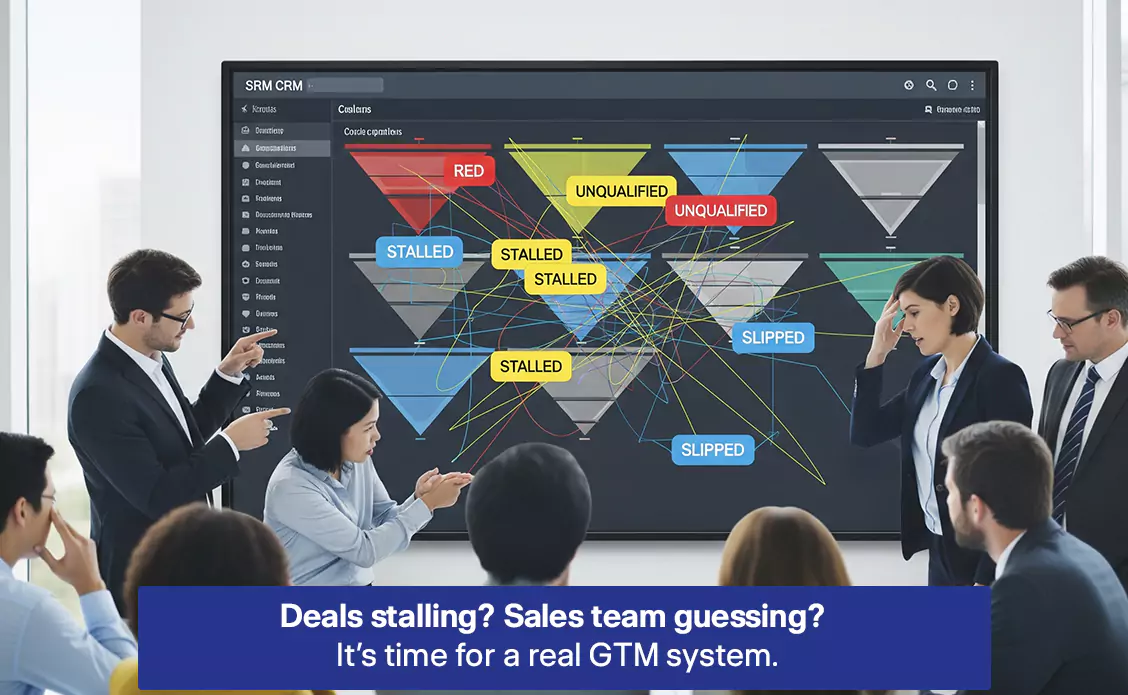Headline Teaser:
In a market where surprises sink multiples, CFOs are doubling down on forecasting precision. Here’s how they’re tightening accuracy and using predictability to protect enterprise value.
Why Forecast Accuracy Is Now a Valuation Lever
Bain & Company reports that companies with forecast accuracy above 90% see valuation multiples 15–25% higher than peers. Predictable performance builds investor trust, reduces perceived risk, and enables better capital allocation.
For MedTech CFOs, however, forecasting has become harder than ever:
- Longer sales cycles due to capital spending delays in hospitals and health systems.
- Uncertain reimbursement timelines impacting revenue recognition.
- Volatile supply chains driving unpredictable cost swings.
In this environment, accuracy is not about perfection — it’s about being predictably close, quarter after quarter.
Three Forecasting Tactics High-Performing CFOs Are Using
- Signal-Based Forecasting
McKinsey finds that 65% of CFOs are integrating external market signals — such as procurement data, hospital spending trends, and macroeconomic indicators — to anticipate demand shifts earlier. - Rolling Forecast Models
According to PwC, rolling forecasts improve accuracy by up to 43% versus static annual budgets. High-performing CFOs refresh assumptions quarterly (or even monthly) to reflect new realities. - Integrated GTM-Operations Planning
Forecasting in silos is a valuation killer. CFOs are linking sales pipeline data, production capacity, and marketing activity into a single integrated model — ensuring that shifts in one area are reflected instantly in the financial outlook.
The Enterprise Value Connection
Accurate forecasts allow CFOs to confidently commit to targets with boards and investors, reducing the risk of credibility loss. This credibility directly impacts the enterprise value to revenue multiple, especially in MedTech, where investor confidence is highly sensitive to missed guidance.
NextAccel’s Forecast Precision Framework
From working with CFOs across industries, we’ve built a three-step precision model:- Define – Identify the critical drivers of predictability in your business model.
- Deploy – Integrate internal and external data into adaptive forecasting systems.
- Deliver – Tie forecast accuracy to valuation outcomes, not just variance percentages.





